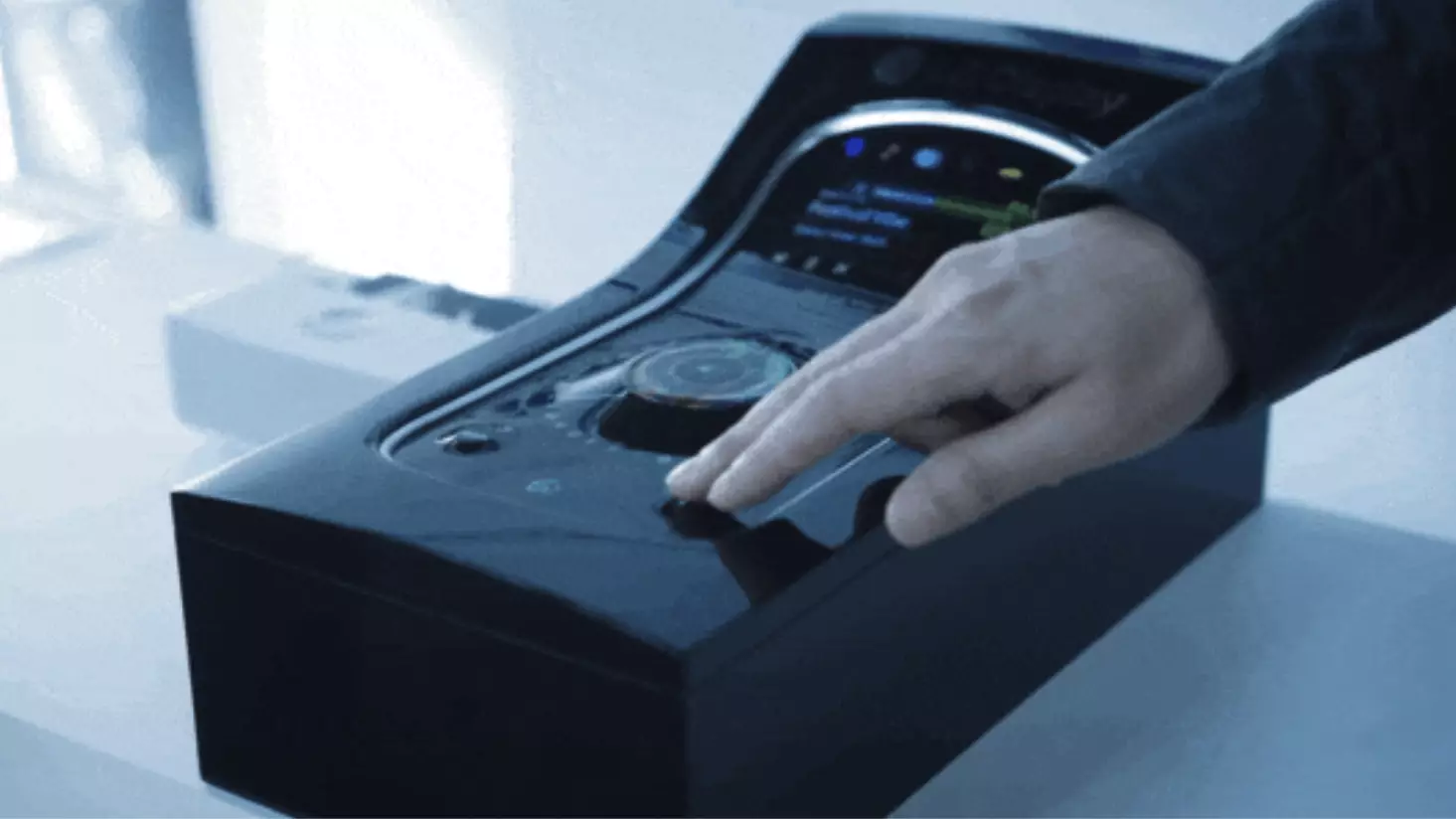The automotive world is poised for a seismic shift thanks to the introduction of stretchable OLED displays developed by LG. As the connective tissue between the user and their vehicle turns increasingly digital, this innovative technology has emerged, promising a future where control interfaces are not just interactive but can physically adapt to the user’s needs. Stretchable screens represent an evolution beyond merely bendable and foldable displays, bringing forth a paradigm where technology is not constrained by rigid forms and static interfaces.
Limitless Design Possibilities
The pinnacle of LG’s innovation lies in its ability to stretch an OLED panel by an impressive 50%. This is not just a gimmick; it signifies the potential to turn ordinary surfaces into dynamic displays that can interactively morph according to the context of use. For instance, a typical vehicle with its plethora of buttons and displays can become a seamless interface where the screen expands to provide buttons that rise and fall based on necessity. Such functionality could lead to a cleaner aesthetic within cars, turning entire dashboards into sleek, flowing interfaces where users can derive intuitive experiences from what would otherwise be just plastic or metal surfaces.
Enhancing Driver Experience
Current discussions in the automotive industry revolve around the user experience of control interfaces. Critics have lambasted modern vehicles, especially electric ones from the likes of Tesla and Volvo, for over-reliance on flat touchscreens. The rationale is sound: touchscreen controls can divert users’ attention, a critical safety hazard when driving. The beauty of LG’s stretchable OLED lies in the compromise it offers. It transcends the stark delineation between touchscreens and physical buttons, creating an interface that relies on tactile feedback: the system can map frequently used functions to virtual buttons that protrude from the display when needed. This would allow drivers to interact without diverting their gaze from the road, creating an optimal fusion of safety and technology.
Paving the Way for Future Applications
While the automotive industry appears to be the initial focus for stretchable OLED technology, the applications extend far beyond. The world of gaming provides fertile ground for experimentation with such dynamic displays. Imagine a gaming setup where a control panel emerges from a screen based on the player’s specific needs in real-time, offering a sense of immersion that is currently unattainable with static controls. The concept of having a visual interface that flexibly adjusts to the player’s actions could unlock unprecedented levels of interaction, propelling gaming systems into a new era.
Moreover, the adaptability of stretchable OLEDs could permeate the realms of fashion technology, smart home devices, and even wearable fitness gadgets. Imagine a smartwatch face that can stretch to accommodate health metrics needing emphasis while remaining compact for everyday wear. This technology could radically overhaul how users interface with their devices across multiple domains, pushing the boundaries of what they expect from their gadgets.
The Challenges Ahead
Despite the exciting prospects that stretchable OLED technology brings to the table, challenges loom on the horizon. Integrating these malleable screens into existing designs in both cars and consumer devices without compromising structural integrity or aesthetic appeal will require substantial innovation. Furthermore, the long-term durability of such screens must be thoroughly evaluated; will they withstand the rigors of daily use in cars or gaming environments where physical inputs are common? The development teams will need to address these issues head-on to unlock the full potential of these transformative displays.
Ultimately, the arrival of stretchable OLED screens signifies much more than just a technological novelty; it represents a shift towards a more integrated, user-focused approach in design across the board. Whether in vehicles or everyday tech, this innovation could pave the way for a smarter, more tactile future that prioritizes usability and safety without sacrificing aesthetic appeal. As the conversation around this technology evolves, it may well define the next chapter in how we interact with the digital world around us.

